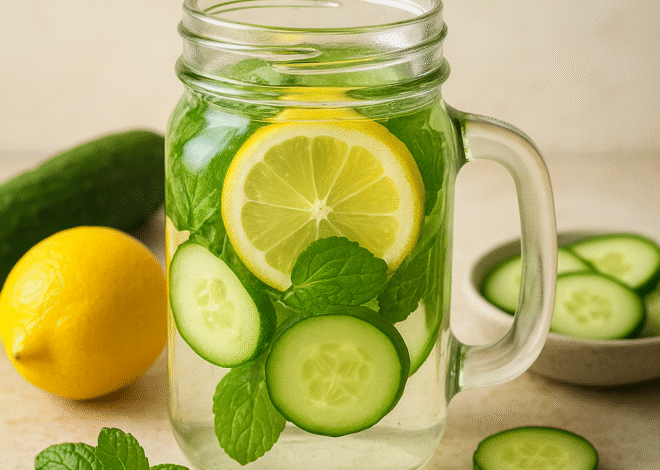
How to Create a Balanced Gym Diet Plan for Weight Loss or Muscle Building
Here’s a brief guide to creating a balanced gym diet plan for weight loss or muscle building!


Whether your goal is shedding fat or gaining muscle, your time in the gym is only part of the equation—nutrition is the other half. A well-structured gym diet plan not only fuels your workouts but also maximizes your progress. Here’s how you can create a balanced gym diet plan tailored to either weight loss or muscle building.
1. Understand Your Gym Goal
Before diving into macros and meal prep, be clear about what you’re aiming for:
- Weight Loss (Cutting): Focus on reducing body fat while preserving muscle mass.
- Muscle Building (Bulking): Emphasize calorie surplus and protein intake to support muscle growth.
2. Calculate Your Calorie Needs for you gym goals
Start with your Total Daily Energy Expenditure (TDEE)—the number of calories you burn per day including exercise.
- For Weight Loss: Create a calorie deficit of 10–20% below your TDEE.
- Example: If your TDEE is 2500 calories, eat around 2000–2250 calories/day.
- For Muscle Gain: Add a slight surplus of about 10–15%.
- Example: If your TDEE is 2500 calories, aim for 2750–2900 calories/day.
Use tools like MyFitnessPal or TDEE calculators online to get your numbers.
3. Set Your Macronutrient Ratios for you gym goals
Your macros—protein, carbohydrates, and fats—play different roles. Tailor their ratios based on your goal.
Protein: The Muscle Builder
- Aim for 0.8–1g of protein per pound of body weight.
- Supports muscle repair, growth, and satiety.
- Sources: Chicken breast, eggs, lentils, whey protein, Greek yogurt.
Carbohydrates: The Energy Source
- Should make up 40–50% of your daily intake.
- Focus on complex carbs for sustained energy.
- Sources: Oats, brown rice, quinoa, whole wheat bread, sweet potatoes.
Healthy Fats: The Hormone Regulator
- Include 20–30% of your calories from fats.
- Supports hormone health and nutrient absorption.
- Sources: Avocados, nuts, seeds, olive oil, fatty fish.
4. Meal Frequency & Timing
While total daily intake matters most, meal timing can optimize performance:
- Eat 5–6 small meals to keep your metabolism active and curb cravings.
- Consume a balanced meal 1–2 hours before workouts.
- Have a protein + carb-rich meal post-workout to aid muscle recovery.
5. Stay Hydrated
Hydration is often overlooked but crucial.
- Drink at least 8–10 glasses of water a day.
- Consider electrolyte drinks after intense workouts or heavy sweating.
- Proper hydration supports muscle function, recovery, and appetite control.
6. Sample Diet Plan for Muscle Building
Here’s a simple example of a high-protein, calorie-surplus meal plan:
Breakfast
- 4 scrambled eggs
- 2 slices whole grain toast
- 1 banana
- 1 glass milk or protein shake
Mid-Morning Snack
- Greek yogurt + mixed berries + almonds
Lunch
- Grilled chicken breast
- Brown rice
- Steamed broccoli
- Drizzle of olive oil
Pre-Workout Snack
- Oats with peanut butter + honey
- 1 scoop whey protein with water
Post-Workout
- Protein shake
- 1 apple or rice cakes
Dinner
- Baked salmon or tofu
- Quinoa or sweet potato
- Mixed salad with olive oil dressing
Before Bed
- Cottage cheese or casein shake (slow-digesting protein)
7. Tips for Weight Loss Meal Plan
- Reduce portion sizes slightly from the muscle-building plan.
- Emphasize lean proteins and vegetables.
- Swap carbs for high-fiber foods to stay full longer.
- Avoid sugary drinks and processed snacks.
8. Supplement Smartly (Optional)
While not necessary, certain supplements can support your goals:
- Whey Protein: Convenient source of protein post-workout.
- Creatine: Helps with strength and recovery.
- Multivitamins: Fills nutritional gaps.
- Fish Oil: Supports heart and joint health.
Final Thoughts
Creating a balanced gym diet plan doesn’t mean sacrificing enjoyment or eating bland food. It means making informed, consistent choices that support your fitness journey. Whether you’re chasing fat loss or muscle gain, dial in your calories, eat real food, and stay consistent.
Remember: Nutrition fuels your transformation—don’t leave it to guesswork.










